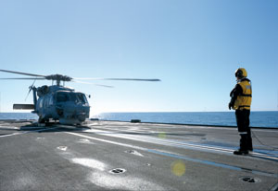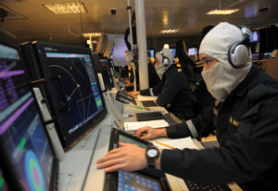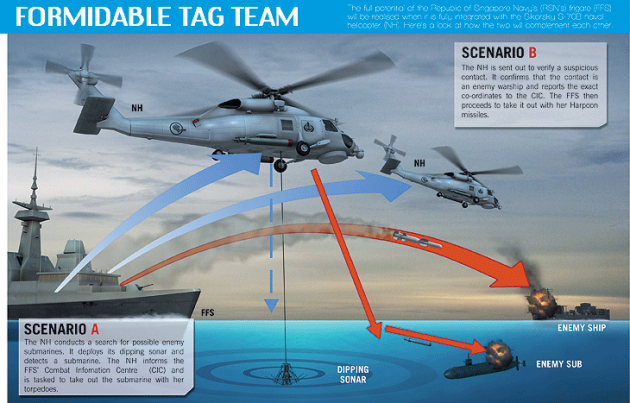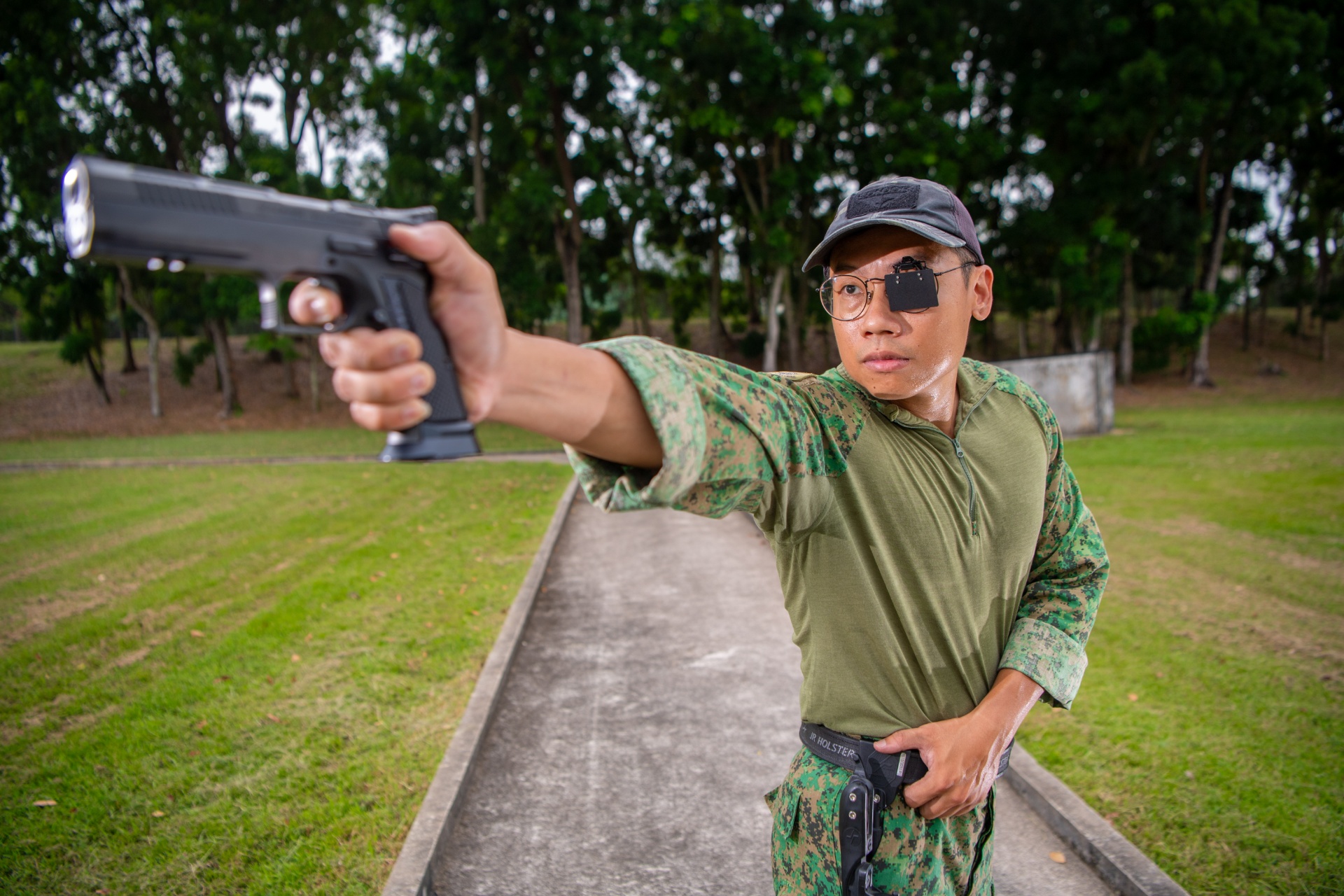TECHNOLOGY
TEAMING UP ON THE HIGH SEAS
13 May 2010
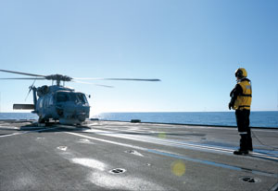
The pairing of the Republic of Singapore Navy's (RSN's) newly-acquired Sikorsky S-70B Seahawk naval helicopters with the Formidable-class stealth frigates marks the realisation of the frigates' full potential.
The sound of the naval helicopter's whirling blades reverberates through the air as it flies steadily over the choppy waters of the Pacific Ocean, looking out for enemy submarines or surface vessels and relaying all surveillance information back to the frigate.
These naval helicopters enhance the reach and range of the frigate by flying ahead of the latter to verify the presence of a possible contact. After ascertaining that the contact is indeed an enemy warship, the naval helicopter reports the enemy's co-ordinates to the frigate's Combat Information Centre (CIC). The rest is history as the target is swiftly and decisively destroyed by the frigate's Harpoon missiles.
With the Navy's helicopter-frigate tag team now a reality, the Singapore Armed Forces (SAF) has perfected the winning combination needed to enhance maritime security. Both the Republic of Singapore Air Force (RSAF) and RSN personnel have been training hard together since 2008 to make this reality.
Team of four
Within the helicopter, a four-man team, consisting of two RSAF pilots, an RSN Tactical Coordination Officer (TACCO) and an RSN Sensor Operator (SENSO), runs the show. While the pilots fly the helicopter, the TACCO monitors sensors on board the helicopter such as the APS 143 Surveillance Radar to provide input for tactical manoeuvring while the SENSO is in charge of operating the dipping sonar.
All in all, about 140 SAF servicemen, including the crew of the frigate RSS Stalwart, were chosen to take part in the first integration mission between frigate and naval helicopter. The mission was conducted as part of a United States Navy (USN)-led exercise from 8 to 15 Mar in the Pacific Ocean, near San Diego.
In order to ensure that SAF servicemen were ready to assume their respective roles, they were put through a rigorous training regime consisting of helicopter qualification courses and maritime helicopter operations training at the RSAF Peace Triton detachment located at the US' Naval Air Station North Island in San Diego.
This was followed by integration training with RSS Stalwart and her crew, which had sailed from Singapore and across the Pacific Ocean to support the Peace Triton detachment's training in November last year.
Learning as a team
The road to attaining effective cross-service integration was wrought with many challenges. The SAF servicemen needed to adapt to new environments, people and work processes.
Master Sergeant (MSG) Joseph Ng was initially apprehensive about assuming the role of SENSO on board the naval helicopter, having spent 10 years in the Navy. "The learning curve was steep because the nature of this job is very different from what I used to do," he said.
For one, the operating conditions on board a plane and ship were vastly different. Explained MSG Ng: "In the helicopter, we operate as a very small team with specific duties in a small confined space. Hence, if we run into any problems in the air, we more or less have to rely upon ourselves. However, this is very different on board a ship where we have the luxury of asking for advice any time."
However, he added that the training he went through at Peace Triton prepared him well for the training sessions out at sea. In addition, the support given by his fellow SAF servicemen helped to make the journey easier.
Learning the ways of the new pairing was also a challenge for RSAF personnel such as former Super Puma pilot Major (MAJ) Goh Ker Jia: "The Seahawk is a notoriously difficult plane to operate... It was only after lots of flight hours, practice and hard work that we managed to perfect the technique."
Although MAJ Goh has plenty of experience landing the Super Puma in rugged terrain, landing the naval helicopter on the frigate's helipad came with its own set of challenges. He explained: "Even if we aimed for the dead centre of the helipad, we often missed the mark as the ship is constantly moving. And it gets progressively harder as sea conditions worsen."
Teamwork at its best
The integration between helicopter and frigate was a significant milestone in the RSN's journey towards becoming the 3rd Generation Navy. Added Peace Triton Detachment Commander Lieutenant-Colonel (LTC) Jonathan Tan: "The air and sea prowess achieved to enhance maritime security through the combination of the Navy's naval helicopters and frigates would not have been possible without the men who worked to make it happen."
Deputy Prime Minister and Minister for Defence Teo Chee Hean, who visited the RSS Stalwart on 14 Mar, said the acquisition of the naval helicopters and their ability to work with the frigates allow the duo to dominate a much greater area of sea and airspace than ever before.
"The fact that you can put the ship and the aircraft together and sort of multiply the capabilities of both by operating them together as one system is a major leap forward in the capabilities of the SAF," he said.
To top it all off, SAF personnel received resounding commendation and recognition from Commander Third Fleet Admiral Richard Hunt of the US: "Frigates with the same class and capabilities elsewhere are usually crewed by at least 150 people, but the RSN manages to get the job done with just 80 men. This phenomenon can be best explained by how the Singapore Navy harnesses technology to eliminate operators and reduce manpower."
SAF personnel have been undergoing integration training with the RSS Stalwart in San Diego since November last year. To date, the RSN has taken delivery of three of its six naval helicopters with the first of them due back in Singapore by June this year.
S'pore-US defence ties strengthened
Deputy Prime Minister and Minister for Defence Teo Chee Hean met the United States Secretary of Defence Robert Gates at the Pentagon in Washington, D.C., on 16 Mar, where they discussed issues of regional and global interest and reaffirmed the excellent relationship between Singapore and the US.
Over his seven-day visit to the US, which began with his visit to the Peace Triton detachment in San Diego, Mr Teo also met Secretary of the Navy Ray Mabus, Secretary of the Air Force Michael Donley and National Security Advisor General (Retired) James Jones.
While in Washington, D.C., Mr Teo presented a Southeast Asian perspective of US-China relations to board members and senior advisors at the Statesmen's Forum organised by the Centre for Strategic and International Studies.
As China's interest in Southeast Asia deepens in the future, Mr Teo called for the US to do likewise: "The US needs to deepen its trade and investment linkages to Southeast Asia. And also continue to step up engagement on the foreign affairs and defence tracks. The US should continue to reach out to Southeast Asia at the people-to-people level."
Mr Teo's visit to the US underscores the longstanding defence ties shared by Singapore and the US, which has progressed through military, technological and policy cooperation since the Strategic Framework Agreement was signed between then-US President George W. Bush and Singapore Prime Minister Lee Hsien Loong in July 2005.
ALSO READ IN TECHNOLOGY
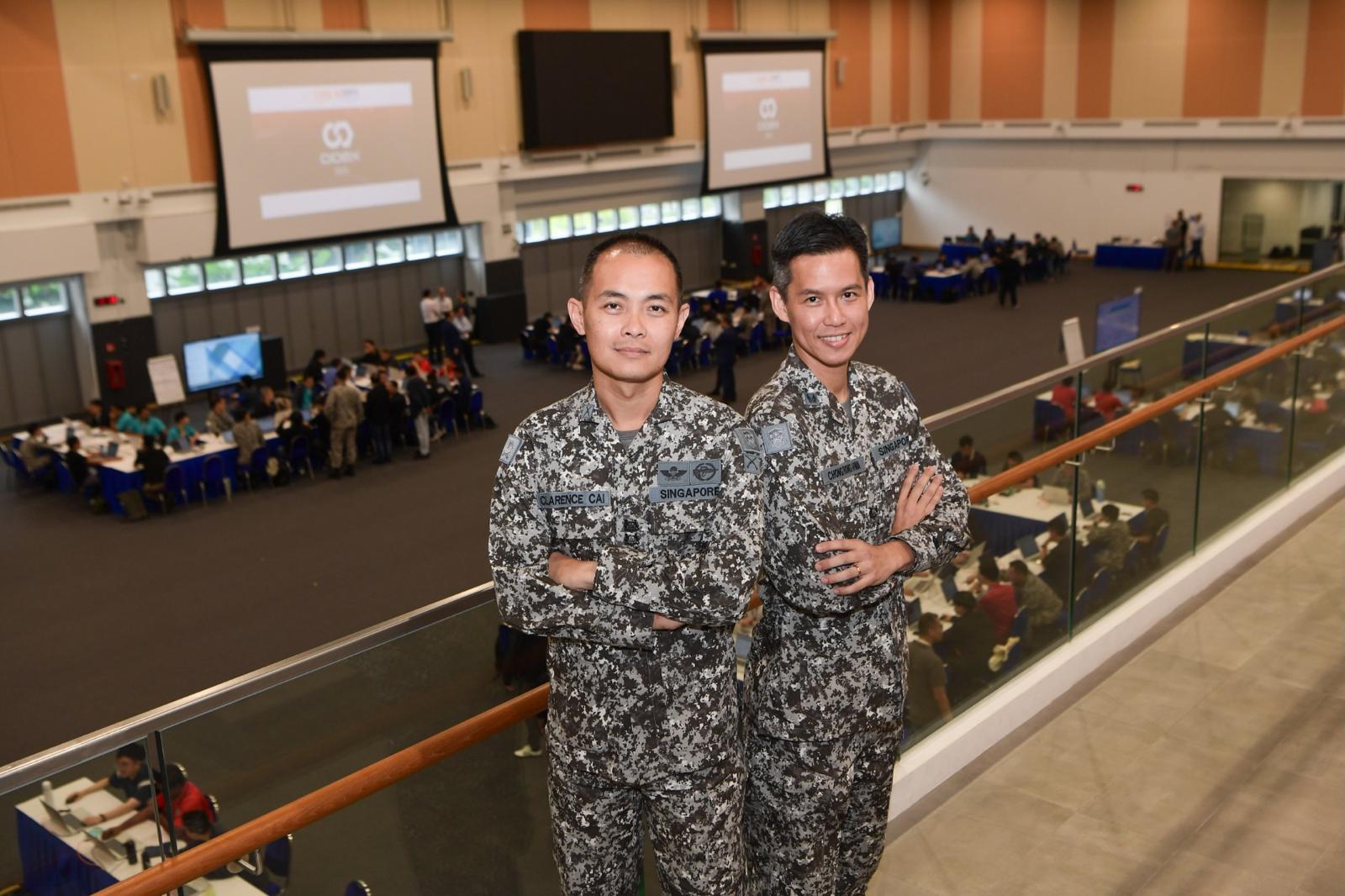
AI joins the fight in national cyber defence exercise
12 Nov 2025
AI and closer collaboration among agencies and industry are taking centre stage in this year’s Critical Infrastructure Defence Exercise (CIDeX).
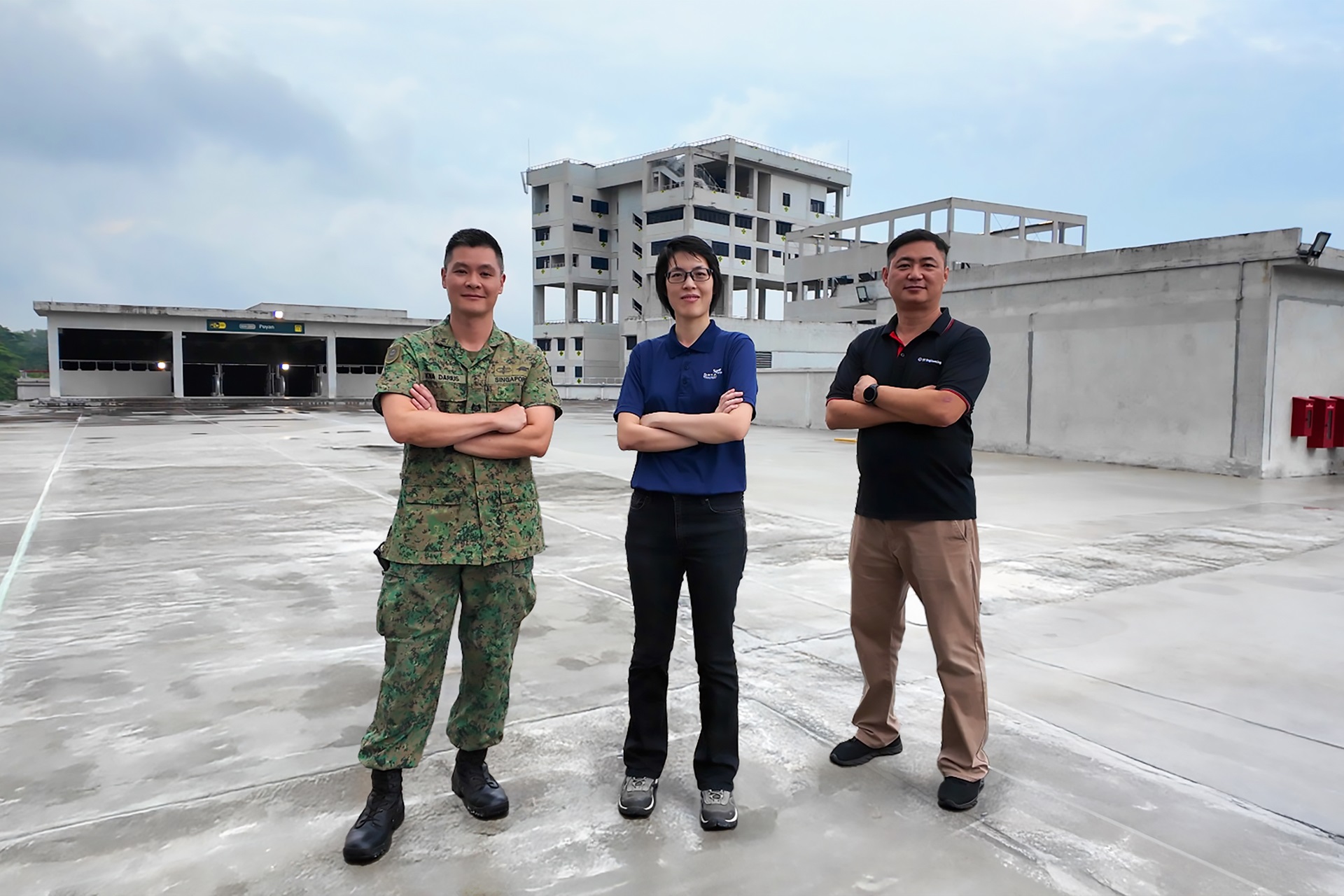
They built this city
01 Oct 2025
Turning vision to reality: the team behind SAFTI City clinches the Defence Technology Prize 2025 Team (Engineering) Award!
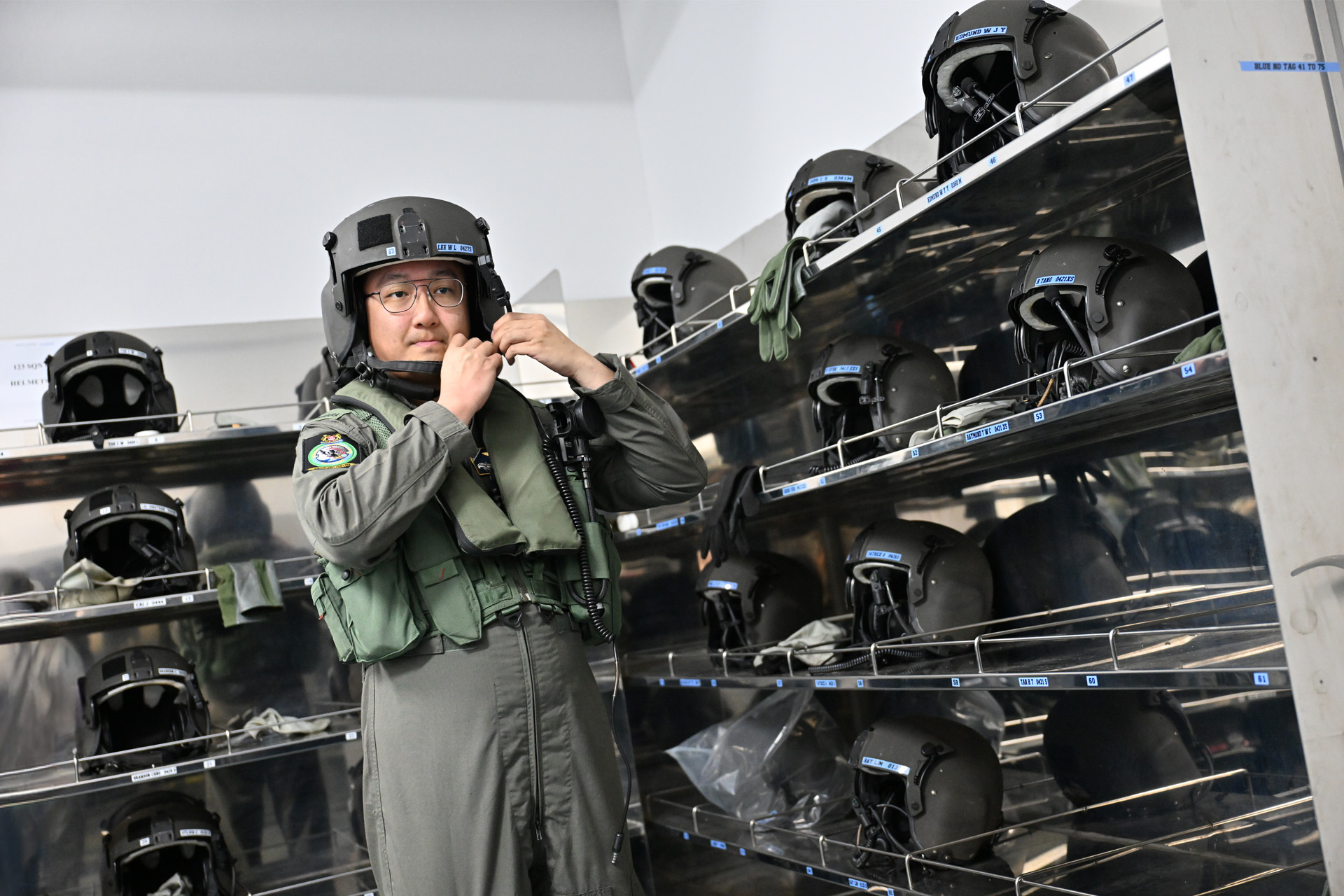
Operating over skies & seas
22 Aug 2025
This gear is designed to help a Sensor Supervisor survive emergencies in the air and at sea.

